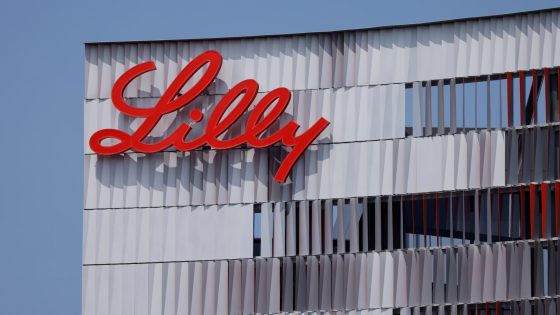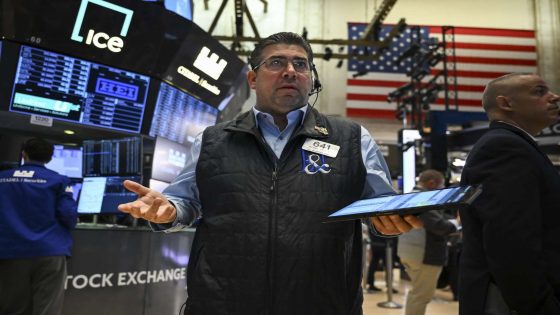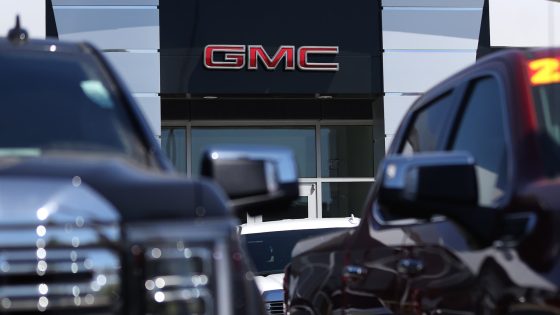Eli Lilly has made headlines by raising its 2025 sales guidance, reflecting strong global demand for its weight loss and diabetes medications. On August 7, 2025, the pharmaceutical giant reported second-quarter earnings that exceeded Wall Street expectations, driven by robust sales of its blockbuster drugs.
- Eli Lilly raised 2025 sales guidance significantly.
- Strong demand for weight loss and diabetes drugs.
- Second-quarter earnings exceeded Wall Street expectations.
- Zepbound and Mounjaro sales drove revenue growth.
- Experimental obesity pill trial results underwhelmed investors.
- Trump administration pressures to lower drug prices.
The company now anticipates fiscal 2025 sales between $60 billion and $62 billion, up from earlier estimates. This growth is fueled by a 46% increase in prescription volume for its products, particularly Mounjaro and Zepbound, despite facing challenges such as price reductions and potential tariffs on imported pharmaceuticals.
How will Eli Lilly’s performance affect drug pricing worldwide? As the company navigates potential tariffs and calls for lower prices, its strategies may influence pharmaceutical markets across various regions. Key points include:
- Increased scrutiny on drug pricing in the U.S. may lead to changes in international pricing strategies.
- Global competition among pharmaceutical companies could intensify as they respond to Eli Lilly’s success.
- Emerging markets may see shifts in demand for diabetes and weight loss medications.
As Eli Lilly continues to innovate and adapt, stakeholders worldwide should monitor these developments closely. The future of drug pricing and availability may hinge on how companies respond to evolving market pressures.




























